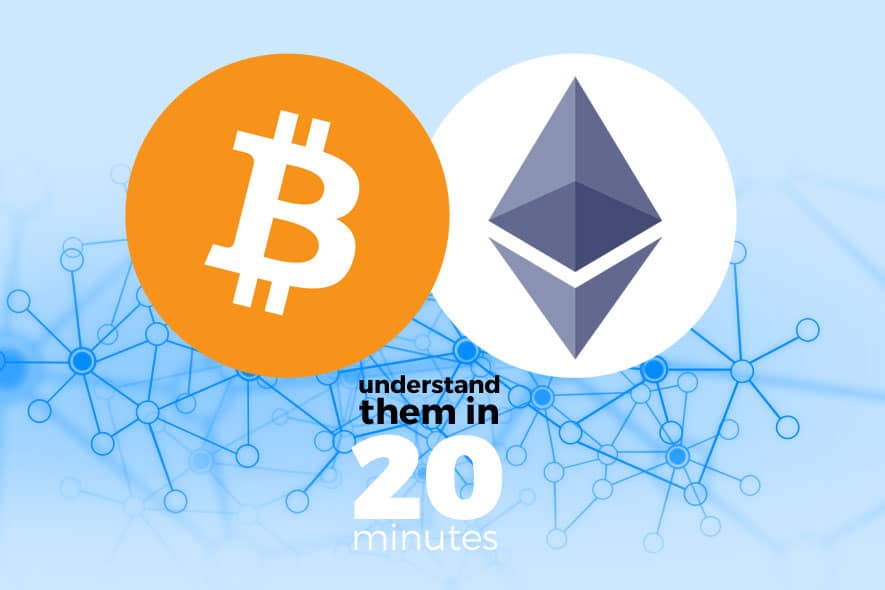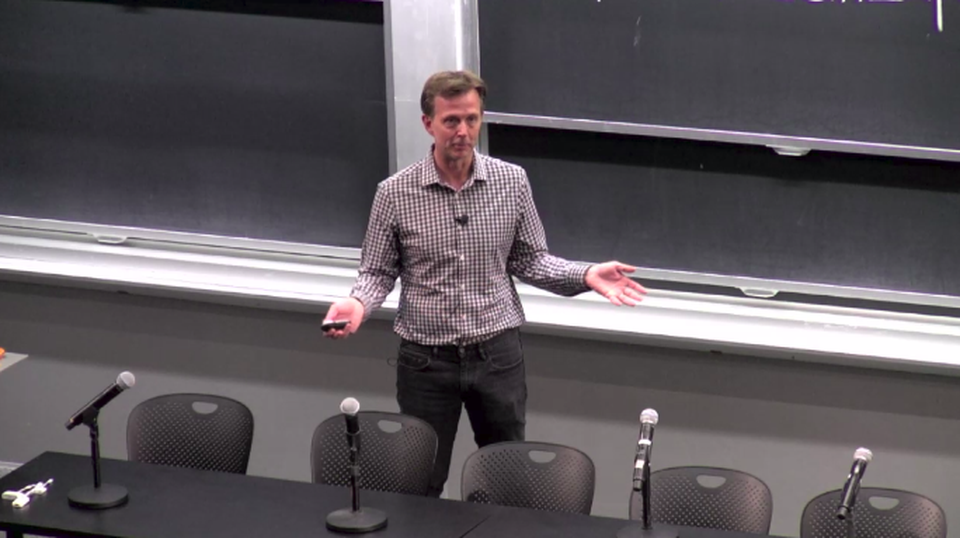With Blockchain, Ethereum & Bitcoin, it’s very possible to create digital-only nations, cryptocurrencies that are based on the universal basic income model.
Bitcoin is known by everyone now, but do you understand how it works?
With Bitcoin, it is very possible to create digital-only nations, cryptocurrencies that are based on the universal basic income model, as well as performing international transactions without a 3rd party…but how does it really work behind the scenes?
All of that may sound out of your grasp but that’s what this article is for.
In this post, we’re going to cover:
- The history of Bitcoin and blockchain
- Why should you care about the blockchain?
- Cryptography in cryptocurrencies and the blockchain
- Cryptocurrency hashing
- Understanding the Bitcoin blockchain
- Understanding Ethereum
The first question to ask yourself is this; why was Bitcoin invented?
To answer that, we have to go almost a decade back to understand the purpose behind Bitcoin’s (and the blockchain technology) invention.
In 2007, the global economy faced a crisis in line with the bursting of the US house and property bubble. This event brought down the value of securities linked to the U.S. real estate significantly to critical levels.
One of the biggest contributors to this failure was easy access to subprime loans (loans given to individuals with poor credit scores or have difficulties repaying the loans) as well as the overvaluation of subprime mortgages.
All of these loans and financing options were given out like candy back then as there was a consensus that believed on the theory that housing prices in the US would continue to rise like a bull market.
Unfortunately, that was not meant to be. The economy crashed almost overnight and official findings by the Financial Crisis Inquiry Commission determined the entire financial crisis was caused by failures in financial planning as well as too much lending in the market.
The crisis was avoidable but greed and a lack of foresight from third parties ultimately burst the bubble of the US housing boom. The world believed that third parties such as banks and financial institutions had enough integrity and responsibility to handle the finances of billions.
As the financial crisis has proven, trusted third parties are not invulnerable. The crisis resulted in evictions across the country, foreclosures as well as bailouts by the government; the event is considered as the worst financial event since the Great Depression.
In response to this, Satoshi Nakamoto (a person or entity whose identity is unknown as of today) introduced a whitepaper called, “Bitcoin: A Peer-to-Peer Electronic Cash System.” The whitepaper believed that banks and institutions should not be completely relied on to process transactions.
Instead, he proposed Bitcoin, an electronic payment system based entirely on mathematical proof and cryptography techniques. The idea was simple; Satoshi wanted to produce a currency that is: independent of any central authority, transferable electronically, more or less instantly, with very low transaction fees.
This laid the foundation to the blockchain technology which is going to impact how data is transmitted in the future. In the next section, we’re going to explain the blockchain in-depth.
Source/More: Understand the Blockchain and Bitcoin in 20 Minutes














